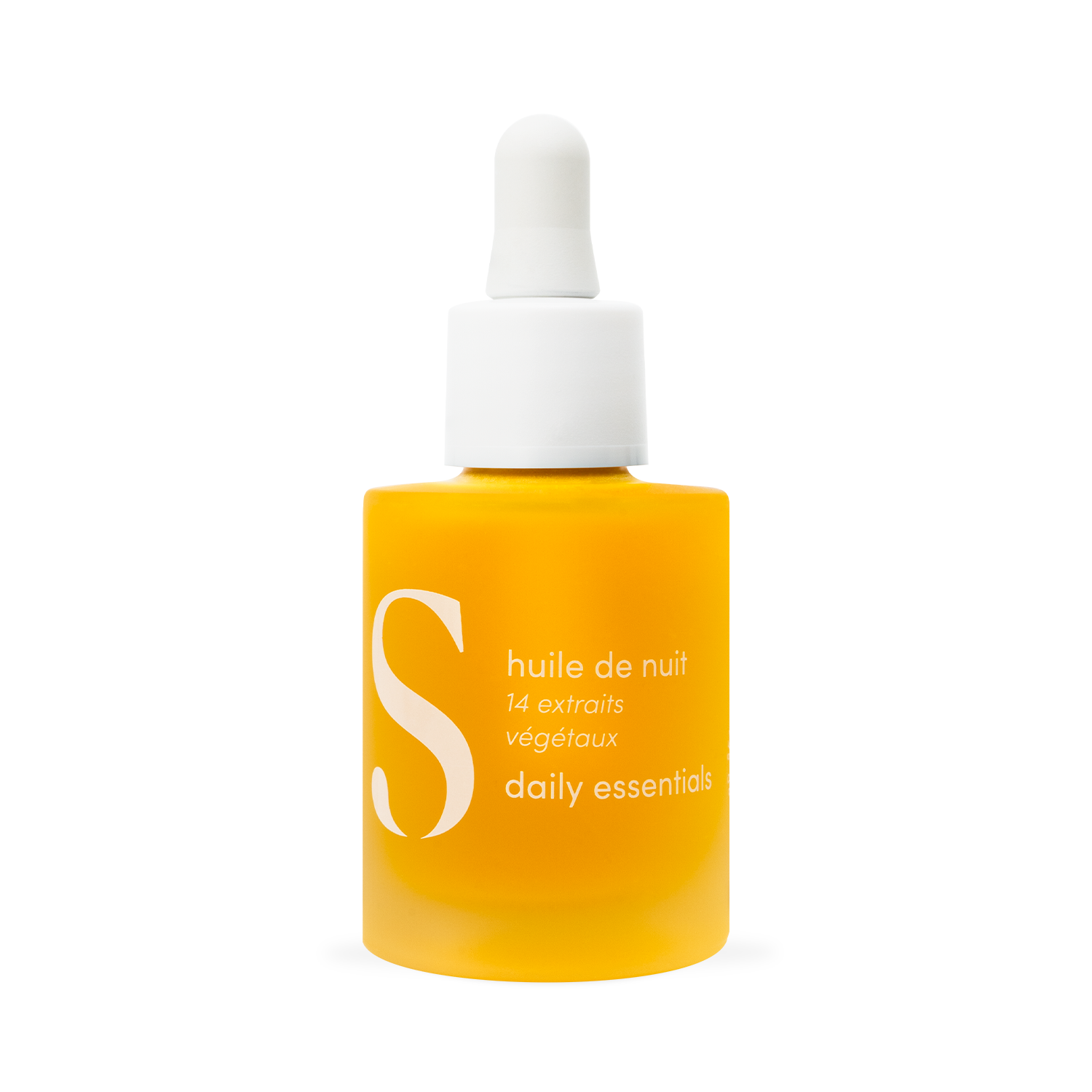Why do we have combination skin?
What is combination skin?
As you will have understood, combination skin is a mixture of two extremes: oily skin and dry skin. So what characterizes combination skin? Its sebum production is unbalanced! So what to do? We tell you how to take care of your combination skin.
How to recognize combination skin?
It is not always easy to know if you have combination skin because it is, initially, normal skin . Here is how we recognize it:
- The T zone, that is to say, the forehead, nose and chin is oily and therefore has shine due to excess sebum which is the oily substance coming out of the pores.
- The pores of the T zone are dilated.
- The T zone sometimes presents pimples, blackheads or imperfections in general.
- The cheeks are a more or less dry normal skin type: tight skin texture, uniform complexion, smooth and velvety appearance of the skin. As long as your cheeks are not uncomfortable in the morning or evening, they are normal. Otherwise, these are dry areas !
- The skin on the face shows dehydration in the evening: the temples or cheeks often lack suppleness.
Why is skin combination?
Obviously, genetic factors take precedence over the origin of combination skin. However, hormonal factors or external factors like pollution, temperature variations affect your skin type.
Combination skin presents an imbalance in the hydrolipidic film, a barrier composed of water, sebum and sweat which protects the skin from external aggressions. The T zone produces more sebum than the rest of the face while the cheeks are normal or even dry, not producing enough sebum.
Some examples of external factors in detail:
- Tobacco smoke is rich in free radicals and pollution which can clog pores and disrupt hormonal balance.
- A diet that is too fatty or too sweet can increase sebum production in certain individuals. Not everyone, fortunately!
- The application of unsuitable cosmetic products such as overly aggressive cleansers can worsen the imbalance of the hydrolipidic film.
Combination skin is the most sensitive to the seasons: in summer, sebum production increases and pores dilate; In winter, the cheeks are drier, more sensitive and may develop redness.
What are the preferred ingredients?
The choice of care for combination skin is something delicate: you can apply different products depending on the areas but not everyone can afford it... So the objective is to regularize the production of sebum and the homogenize. Combination skin is then treated like normal skin .
Niacinamide , vitamin B3 or even nicotinamide is the number one ally for combination skin: it homogenizes sebum production. The T-zone is therefore less oily and the cheeks less dry. Niacinamide is also recognized for its astringent function and its soothing action. It also unifies and brightens the skin. Just that ! The perfect ingredient for combination skin, even if you have sensitive skin!
For your daily dose of niacinamide, we recommend the purifying lotion . It is enriched with niacinamide, cucumber and aloe vera to hydrate and soothe the skin. Pores are visibly tightened, the skin is purified and less shiny.
Now that the skin behaves like normal skin, it needs to be hydrated. We recommend glycerin, aloe vera, acerola, vitamin B5 or hyaluronic acid for this. The fluid cream combines acerola and vitamin B5 to maintain a high level of hydration and soothe all skin types.
For an enhanced glow, we recommend the radiance booster . It is ultra concentrated in vitamin C for an antioxidant, illuminating and anti-aging action. In addition to protecting against external aggressions, vitamin C slows premature aging of the skin by restarting the production of collagen. Three drops in the day cream are enough to see brighter skin in around ten days!




















